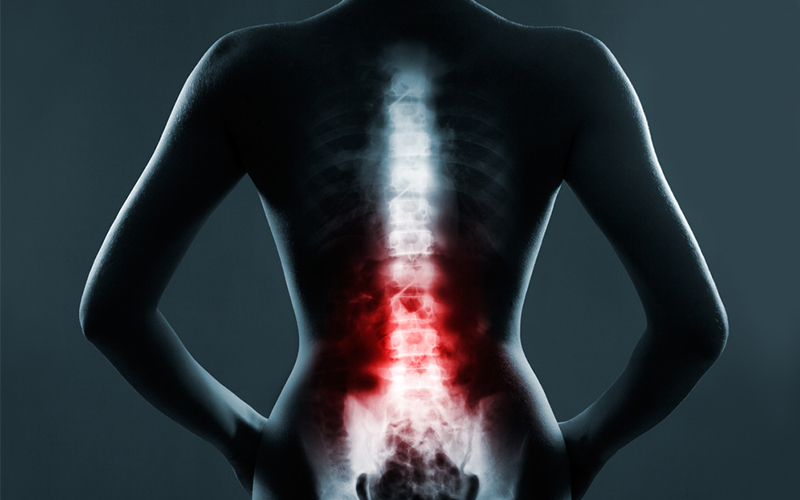A spinal injury usually begins with a sudden, traumatic blow to the spine that fractures or dislocates vertebrae. The damage begins at the moment of injury when displaced bone fragments, disc material or ligaments bruise or tear into spinal tissue. Spinal injuries cause myelopathy or damage to nerve roots or myelinated fiber tracts that carry signals to and from the brain. Depending on its classification and severity, this type of traumatic injury could also damage the grey matter in the central part of the causing segmental losses of interneurons and motorneurons. Most injuries to the spinal don’t completely sever it. Instead, an injury is more likely to cause fractures and compression of the vertebrae, which then crush and destroy the axons, extensions of nerve cells that carry signals up and down the spinal between the brain and the rest of the body. An injury to the spinal can damage a few or almost all of these axons. Some injuries will allow almost complete recovery while others will result in complete paralysis..
The spinal injuries contains the nerves that carry messages between your brain and the rest of the body. A spinal injury is very serious because it can cause loss of movement (paralysis) and sensation below the site of the injury.
Causes
A spinal injury may be caused by incidents such as:
- Bullet or stab wound
- Traumatic injury to the face, neck, head, chest, or back (for example, a car accident)
- Diving accident
- Electric shock
- Extreme twisting of the middle of the body
First Aid
Never move anyone who you think may have a spinal injury, unless it is absolutely necessary. For example, if you need to get the person out of a burning car, or help them to breathe.
Keep the person completely still and safe until medical help arrives.
- Hold the person’s head and neck in the position in which they were found. DO NOT try to straighten the neck. DO NOT allow the neck to bend or twist.
- DO NOT allow the person to get up and walk.
If the person is not alert or responding to you:
- Check the person’s breathing and circulation.
- If needed, do CPR. DO NOT do rescue breathing, do chest compressions only.
- DO NOT roll the person over unless the person is vomiting or choking on blood, or you need to check for breathing.
DO NOT
- DO NOT bend, twist, or lift the person’s head or body.
- DO NOT attempt to move the person before medical help arrives unless it is absolutely necessary.
Prevention
The following may lower your risk of spinal injury:
- Wear seat belts.
- Do not drink and drive.
- Do not tackle or dive into a person with your head.
- Do not dive into pools, lakes, rivers, and other bodies of water, particularly if you cannot determine the depth of the water or if the water is not clear.

